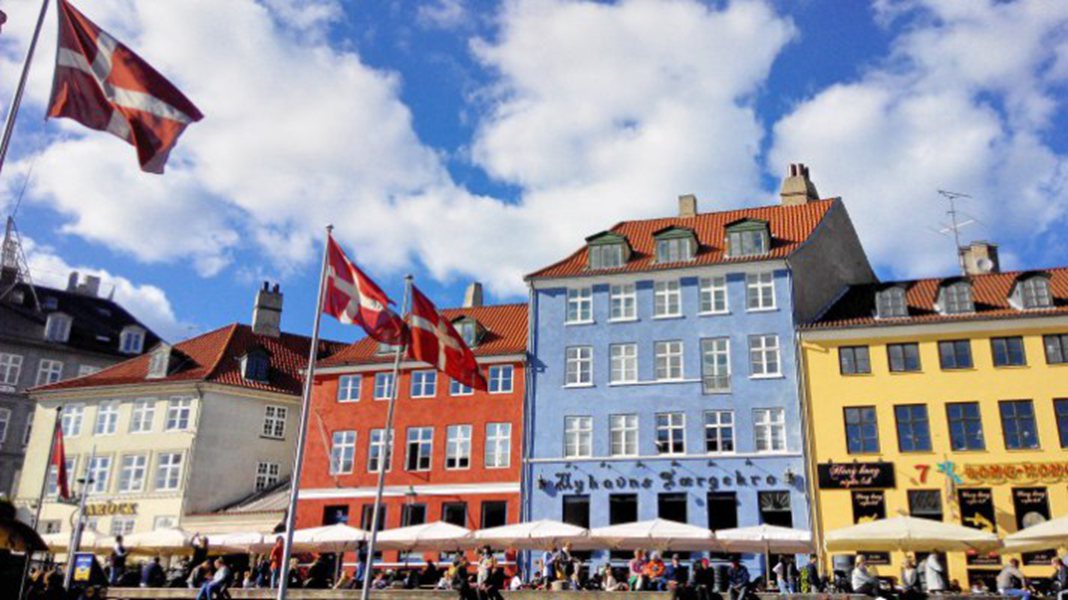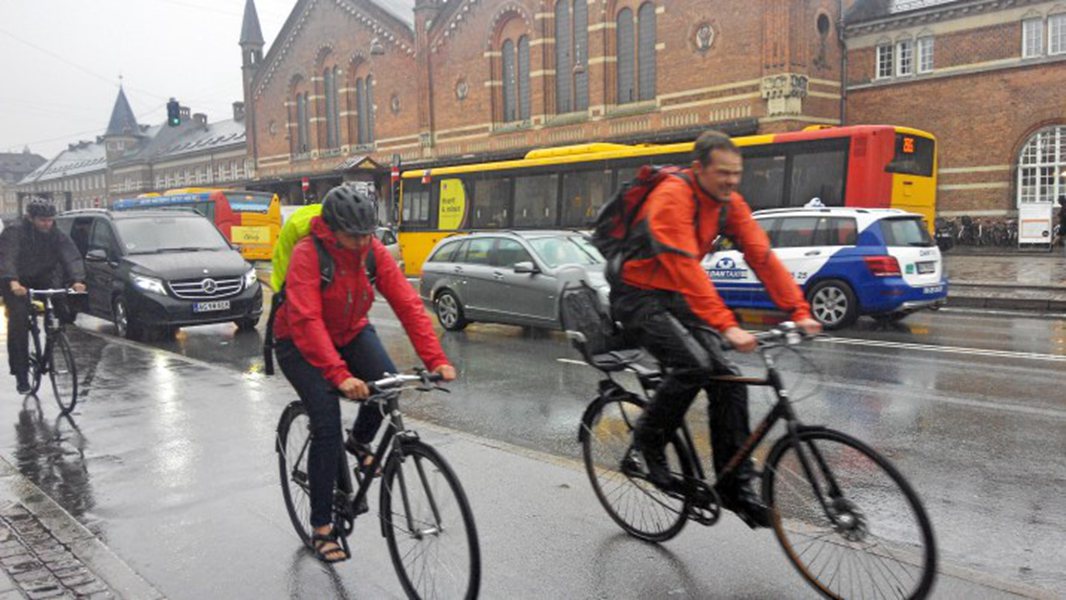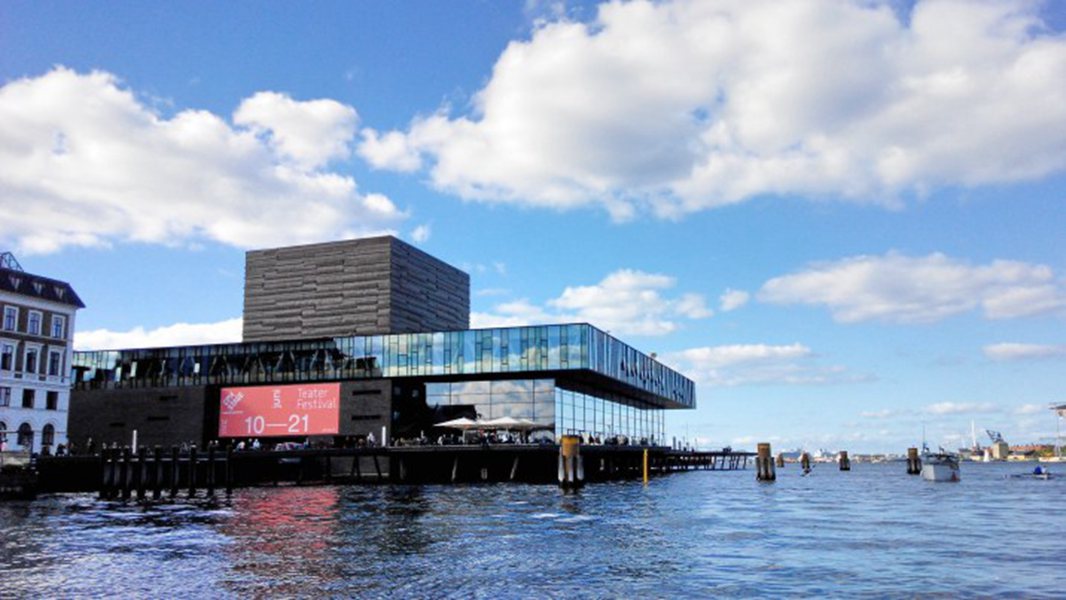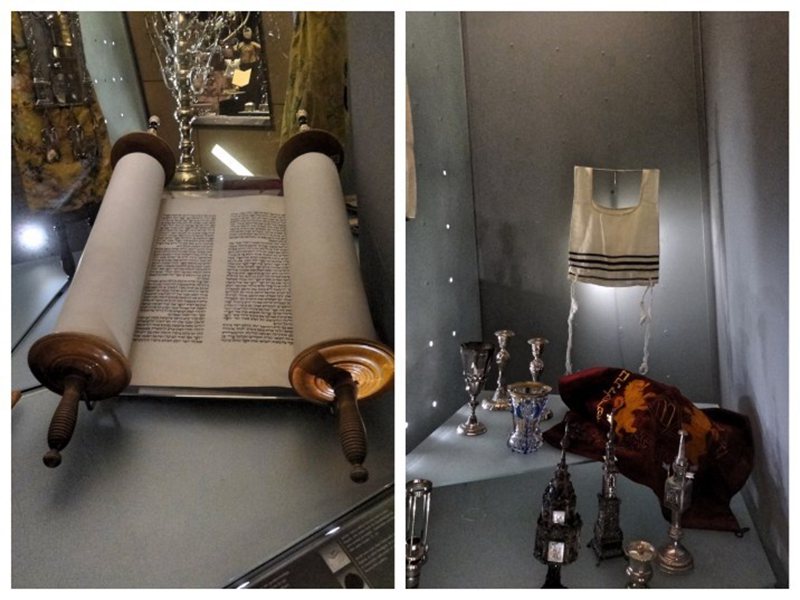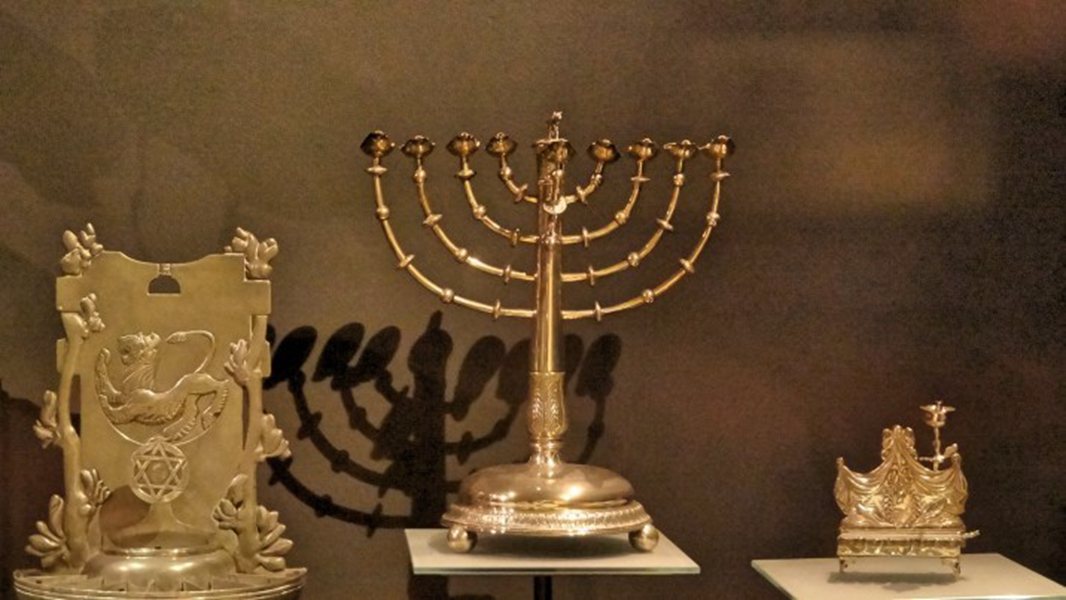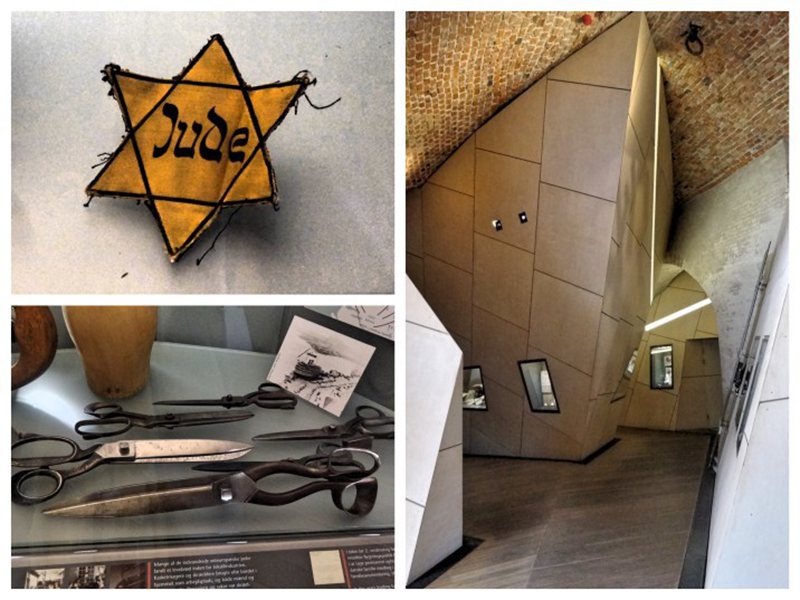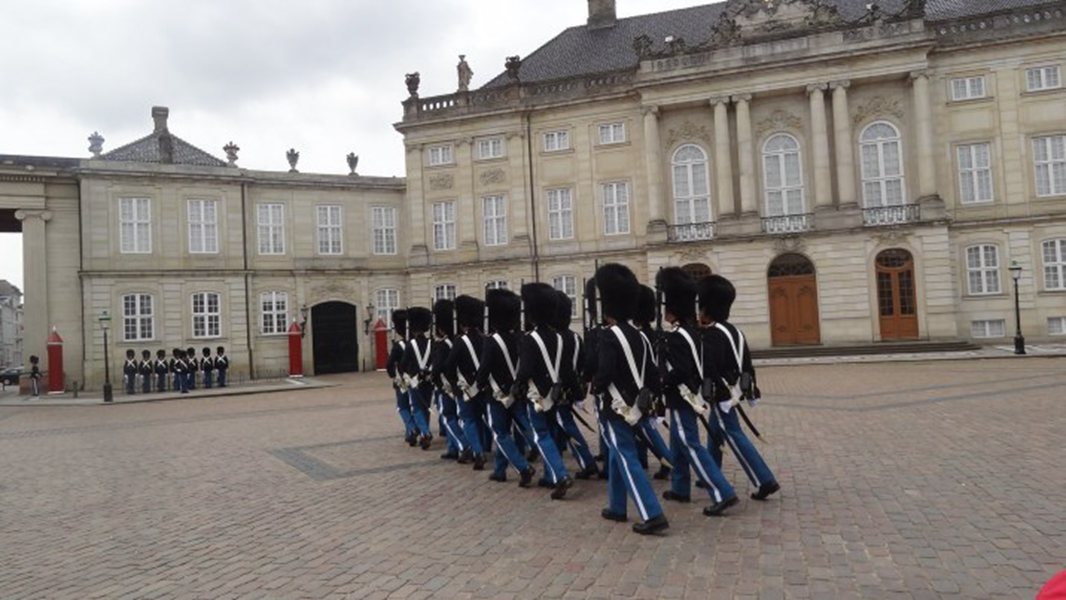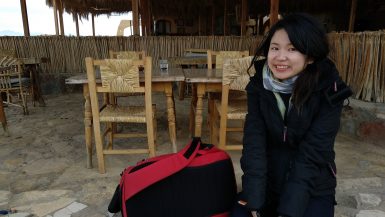Denmark and Israel have a special friendship, because Denmark, the fairy tale kingdom known for its little mermaid, has extraordinary courage that people don’t notice. When Europe was shrouded in Nazi forces, Denmark was a bright light that stood for her values at the time.
Today, the Danes can still face the history of the Holocaust 75 years ago without fear or guilt, because collectedly the whole country helped the 7,000 Jews to escape to safe Sweden. 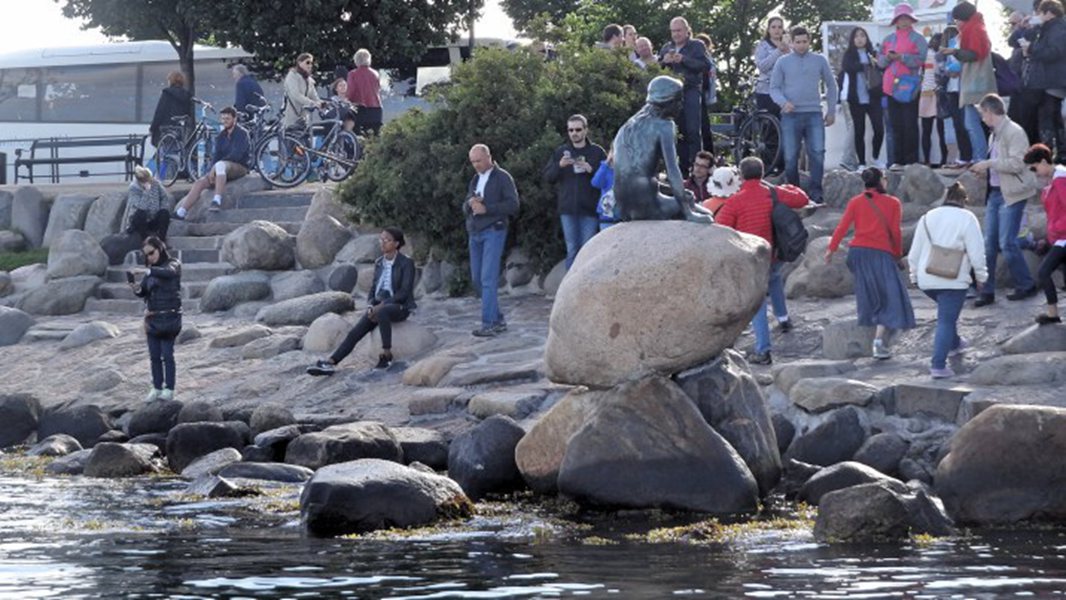
Israeli President Rivlin visited Denmark on October 9, 2018, to celebrate the friendship between the two countries and look forward to more cooperation in the future. The Israeli Foreign Ministry said:
75 years ago, during World War II, Hitler ordered Danish Jews to be arrested and deported. The Danish resistance movement with the assistance of many ordinary Danish citizens took part in a collective effort to evacuate more than 7000 Jews to Sweden, saving their lives. We will always remember your courage and kindness. Thank you!”
Jews in the Little Mermaid Country
When I visited Copenhagen, I was always looking for reasons that made Denmark “the world’s happiest country”. It is a beautiful country, but apart from beer, the little mermaid, the canal, and the clean road and the blue sky, it didn’t impress me with a good definite reason why the Danes should be happy.
Even when the weather is bad, the Copenhageners who love cycling are still riding bicycles in the rain. I feel that happiness doesn’t come easily for all people, but attitude matters. I guess the Danes don’t mind how others think about them and they enjoy being themselves.
They appreciate ordinary lives, and they find beauty and inspiration. They are innovative but they keep their values. I actually liked Denmark.
Different from Eastern European countries, the Jewish Danes came to Denmark after the 17th century.
In the 17th century, the Danish king, Christian IV, who was trade-minded, wanted to build the foundation of the city of Glückstadt, which is now called Schleswig-Holstein in Germany. So in 1619, the king issued a “royal dispensation” to a Portuguese Jew who lived in Amsterdam, named Albert Dionis.
This Jew was a successful businessman, and because of him, more Jewish businessmen also came to live in Glückstadt. So more Jews with political and business influence started living in Denmark.
The Danish Jews in Model Protectorate
On April 9, 1940, Denmark did not resist and surrendered to the German Nazis. However, Germany allowed the Danish royal family as well as the police and the judicial system to remain, so Denmark would be a model. Other European countries would see what it would be like under Nazi rule. Denmark was so cooperative that it was called “model protectorate” by Germany and nicknamed “Sahnefront”. (Cream Front)
Denmark and Germany continue to maintain good trade relations, so when Danish officials insisted that there was “No Jewish problem” in Denmark, Germany did not want to undermine the good relations between the two countries and did not attack the Danish Jews.
But in the spring of 1943, the Danish resistance movement became severe, even 90% of the Danish people in the national vote did not continue to cooperate with the Nazis, so the Nazis imposed curfews and martial law, changed the policy, took over this country. What this meant was Danish Jews were no longer protected. No more special treatment. Nazi Germany planned to deport Danish Jews during the Jewish Rosh Hashanah in September, knowing that Jews will celebrate the holiday at home on this day.
Saving Jews with Collective Effort
However, unexpectedly, the Danish Jews were all gone? What happened?
It turned out a German diplomat in Denmark named Georg Duckwitz, leaked the news about Nazi’s plan to send Jews to death camps to the Danes. The Danish Jews were immediately hidden by Danes in Denmark, and with help from the Danes, they fled to Sweden, a neutral country.
It was rare that the bishop of the Danish National Church got involved in politics. But he used his authority to send letters (hyrdebrev) to priests of local churches, which the letter was read on the pulpit to members of the church. The message was about helping and rescuing the Jews. So we could see what Denmark was like. First, the royal family protected Danish Jews with political power until the Nazi took over. And then the Danish church responded quickly, using its influence to call all ordinary citizens to do this extraordinary act.
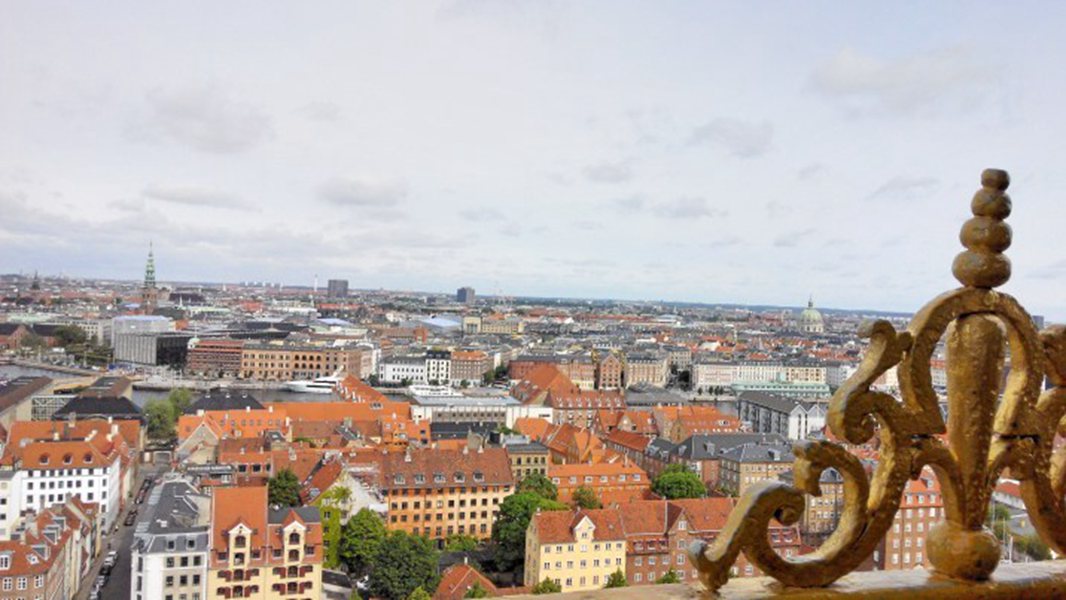
Within three weeks, more than 7,220 Danish Jews (and 686 family members) left Denmark to Sweden by fishing boats!
The Germans patrolled the strait. The Danish fisherman’s trick was to pretend to be drunk, whistled and sang songs. Then he would speak in German, “Would you like some beer?” Then Jews hiding under the deck would know this was a signal to stay quiet.
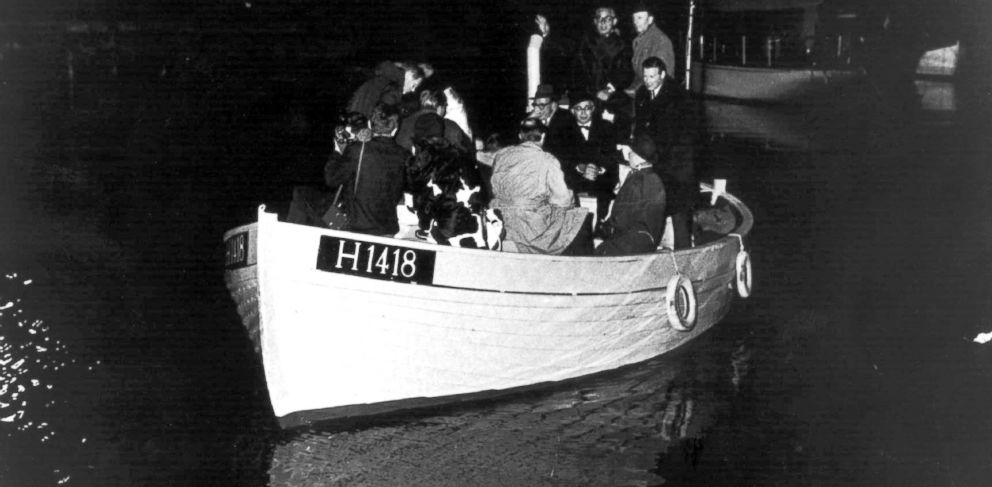
There is a legend that even King Christian X said if Danish Jews were to wear the yellow star, then he too would wear it. He would not isolate anyone as everyone is equal. The royal family did not admit this legend, but they were proud for the history for resisting Nazi and rescuing Danish Jews.
Remembering the Courage of Denmark
What is even more remarkable was their humbleness. There is a garden called “Righteous Among Nations” in Yad Vashem Jerusalem, for individuals helping Jews in the Holocaust. But Denmark said, “Don’t commemorate us as individuals, but remember us collectively.”
Denmark did not take this award. Even though they helped 7000+ Jews. Israel laid a plague with simple words “The Danish Resistance” on the way to the “Righteous Among Nations”. These ordinary people included doctors, blue-collar workers, clergymen, intellectuals, and other citizens. These were people who stood up for their values and took part in rescue operations.
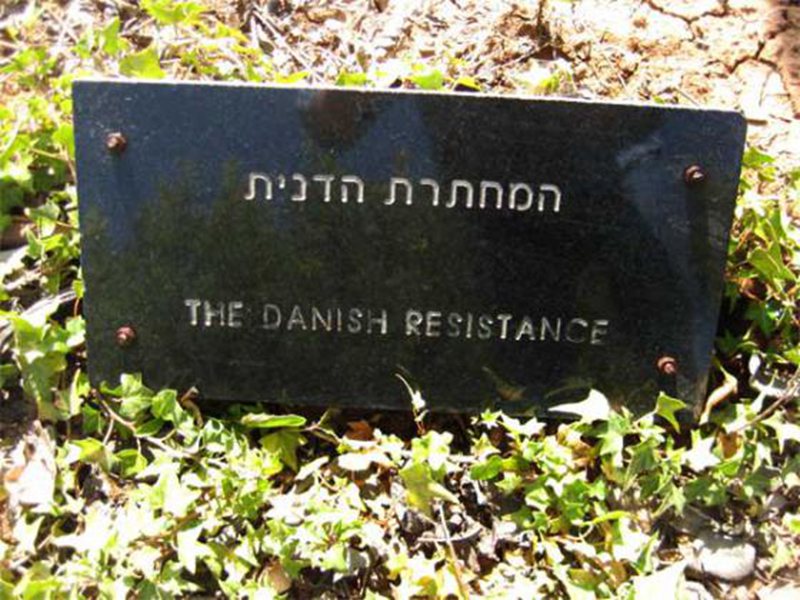
Lovely Denmark, your courage and kindness will be remembered!
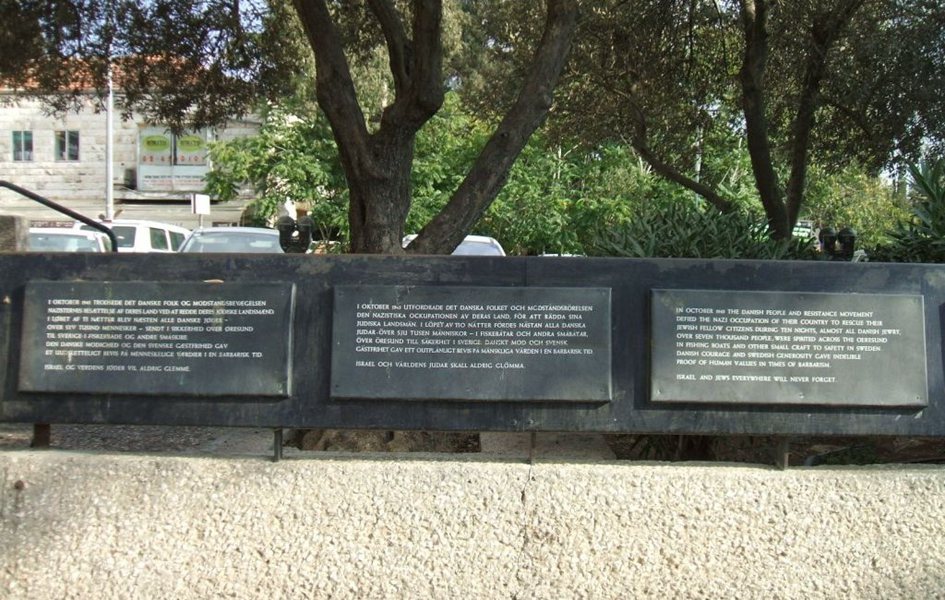
References:
Rescue of the Danish Jews – Wikipedia
Yad Vashem-The Rescue of Denmark’s Jews


